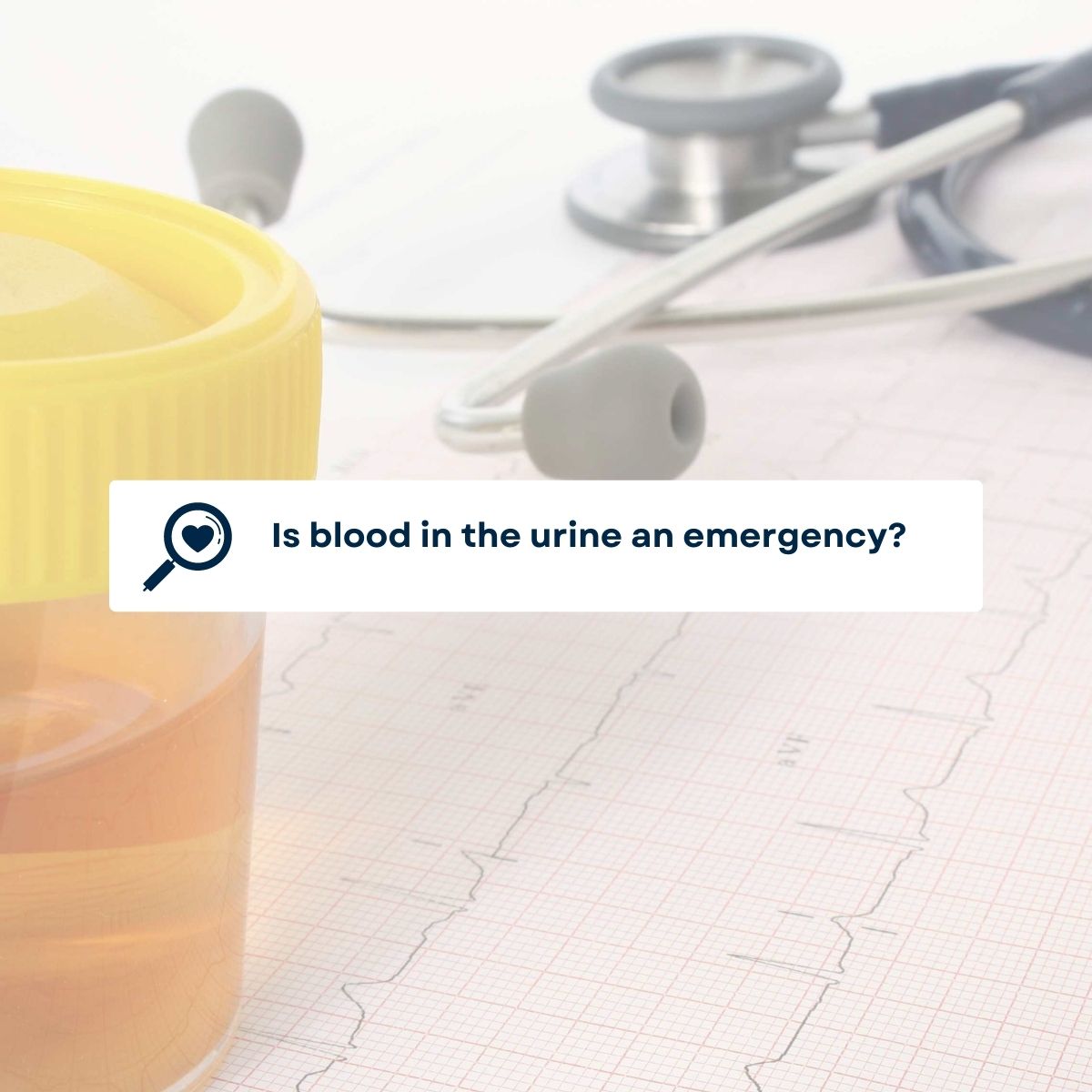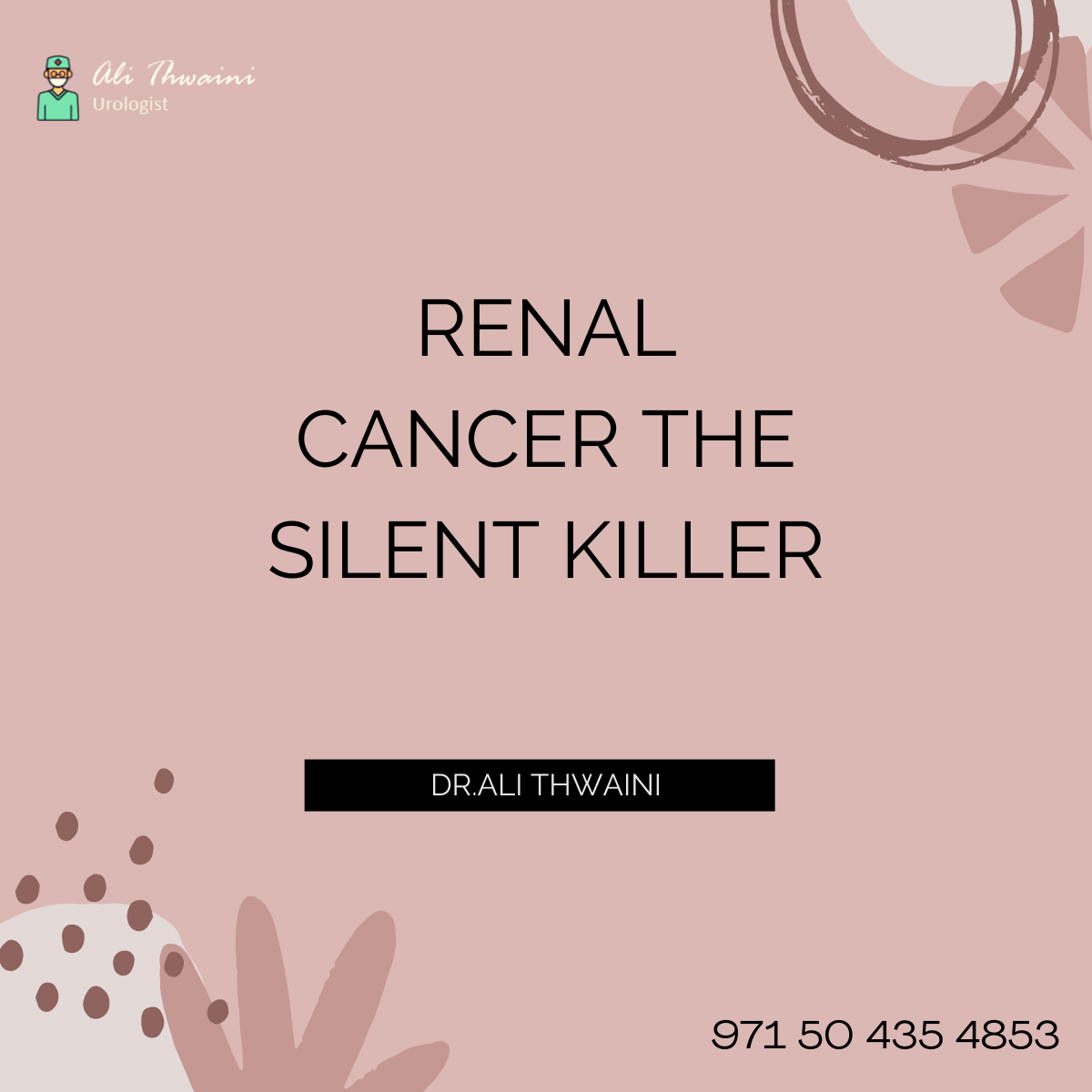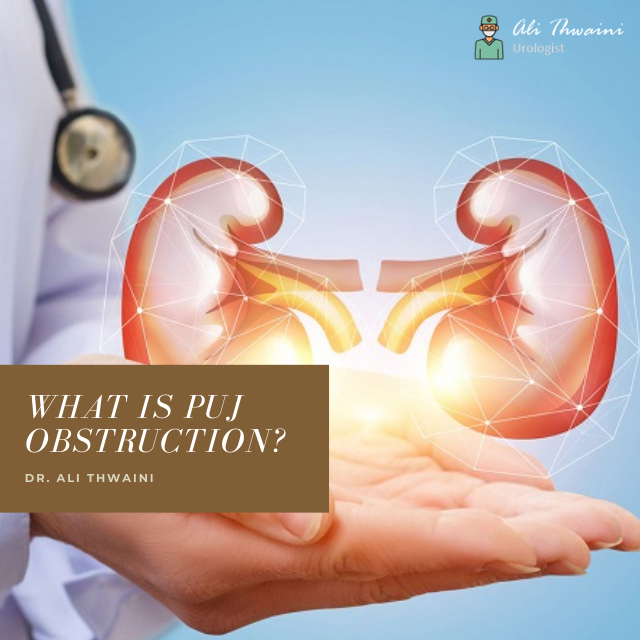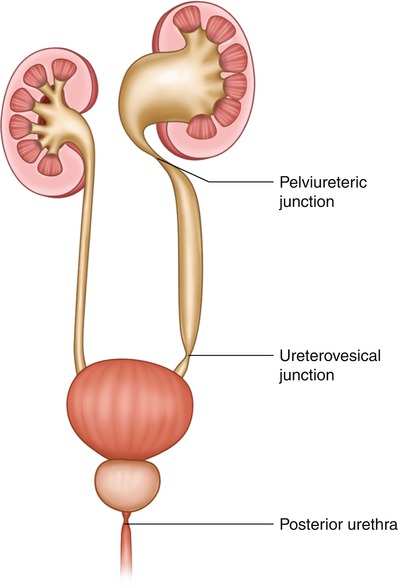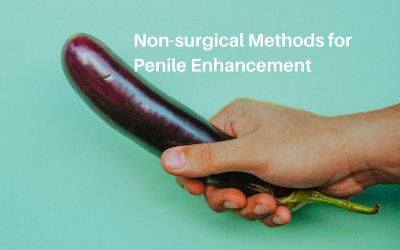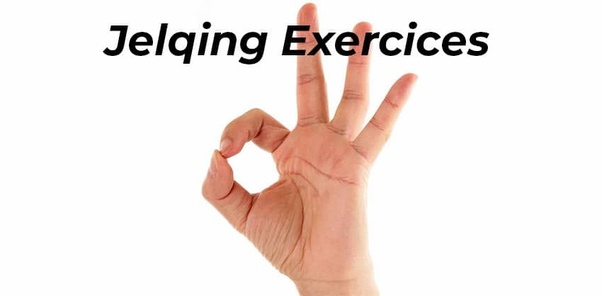Blood in the urine (hematuria) could manifest itself from a variety of conditions. This could be quite alarming finding when it happens. People would normally Google their symptoms and Dr. Google gives them the scare of their lives when going through the list of causes! First, red-colored urine doesn’t automatically mean that there’s blood in it.
There are various conditions that might lead to darker color urine, sometimes red, but aren’t associated with bleeding; these could be simply dehydration, excessive beetroot intake, some medicine ( e.g. Rifampicin), or excess intake of certain vitamins. When you have altered color urine, the best thing is to get it checked with the laboratory.
Urine is normally tested using a special dipstick test that contains chemicals able to detect blood constituents. This is a very fast test, cheap, and fairly reliable. Urine microscopy is another alternative. Both are non invasive and easily performed. If these tests confirm the present of blood, further assessments are required. These are in the form of radiological imaging ( ultrasound scan, or sometimes CT scan).
The other test is a direct visual inspection of the urethra and urinary bladder. This is carried out in the clinic using a flexible cystoscope under local anesthesia. It’s a very common, easy, and efficient procedure to confirm, or better, rule out urinary bladder pathology. Whilst hematuria is an alarming finding, mostly it’s due to non-sinister causes; these could range from urinary tract stones, infections, benign enlargement of the prostate. However, occasionally, there could be a significant underlying pathology, such as urinary tract cancer. There are some predisposing factors though; with the main being smoking. And yes, Shisha smoking, though the thought of as a benign social hobby, is by no means less harmful than cigarette smoking (one shisha smoking equals 70 cigarettes!).
Therefore, if you develop such a symptom, it is always better to visit your urologist to have the necessary tests carried out. All these tests are available at the Mediclinic City Hospital.

